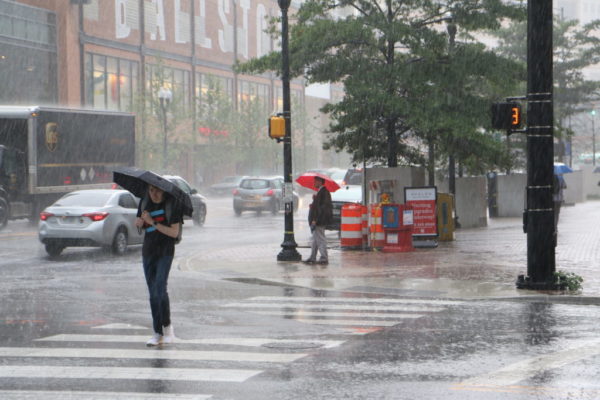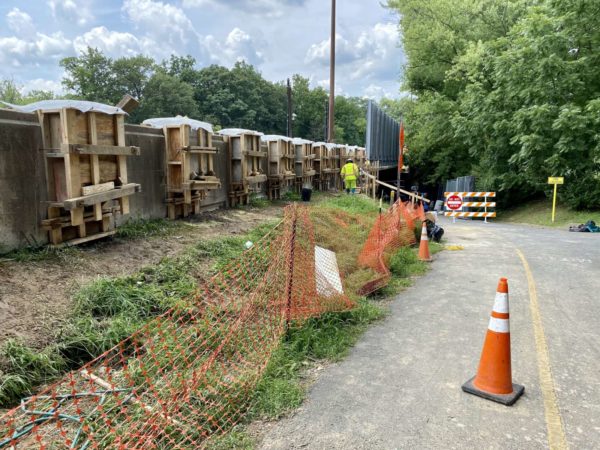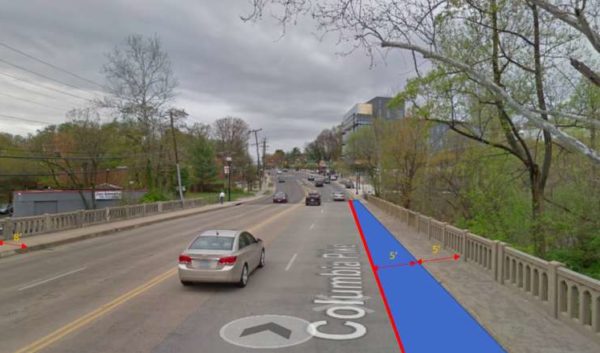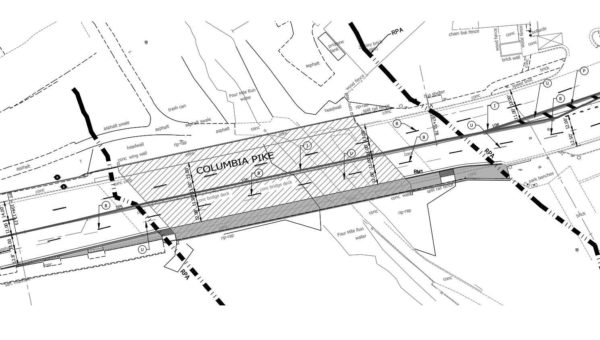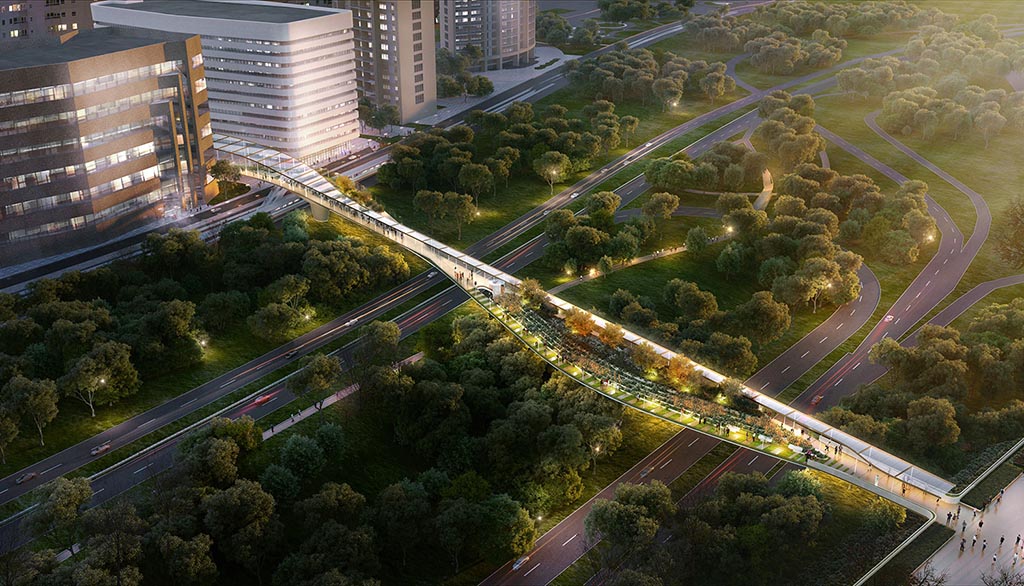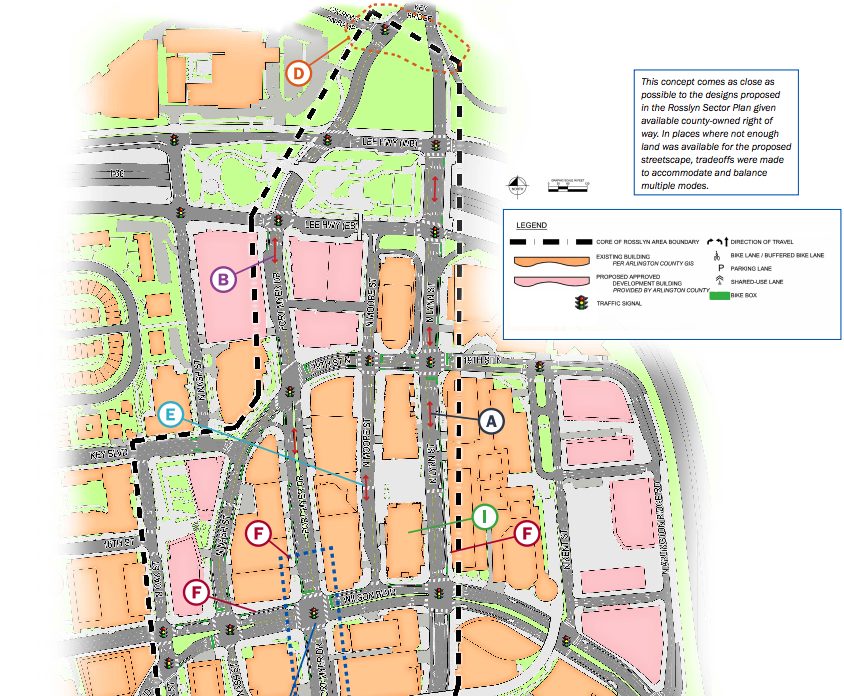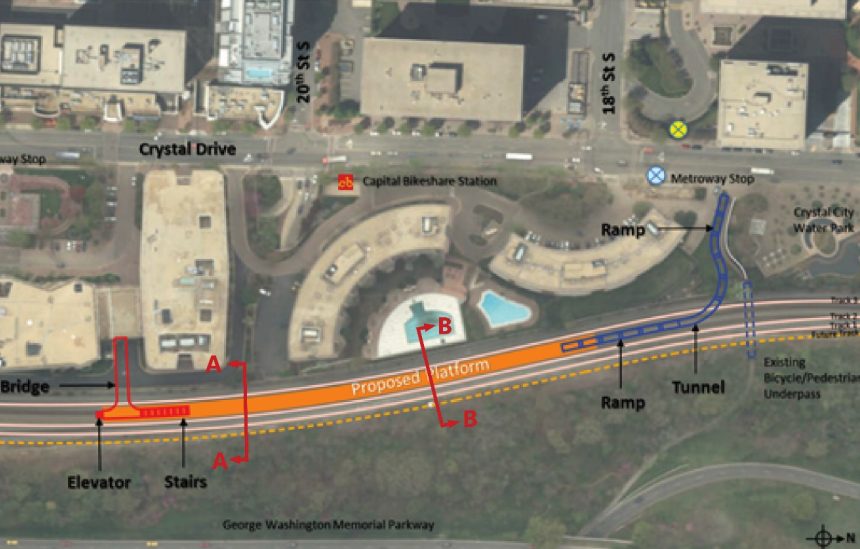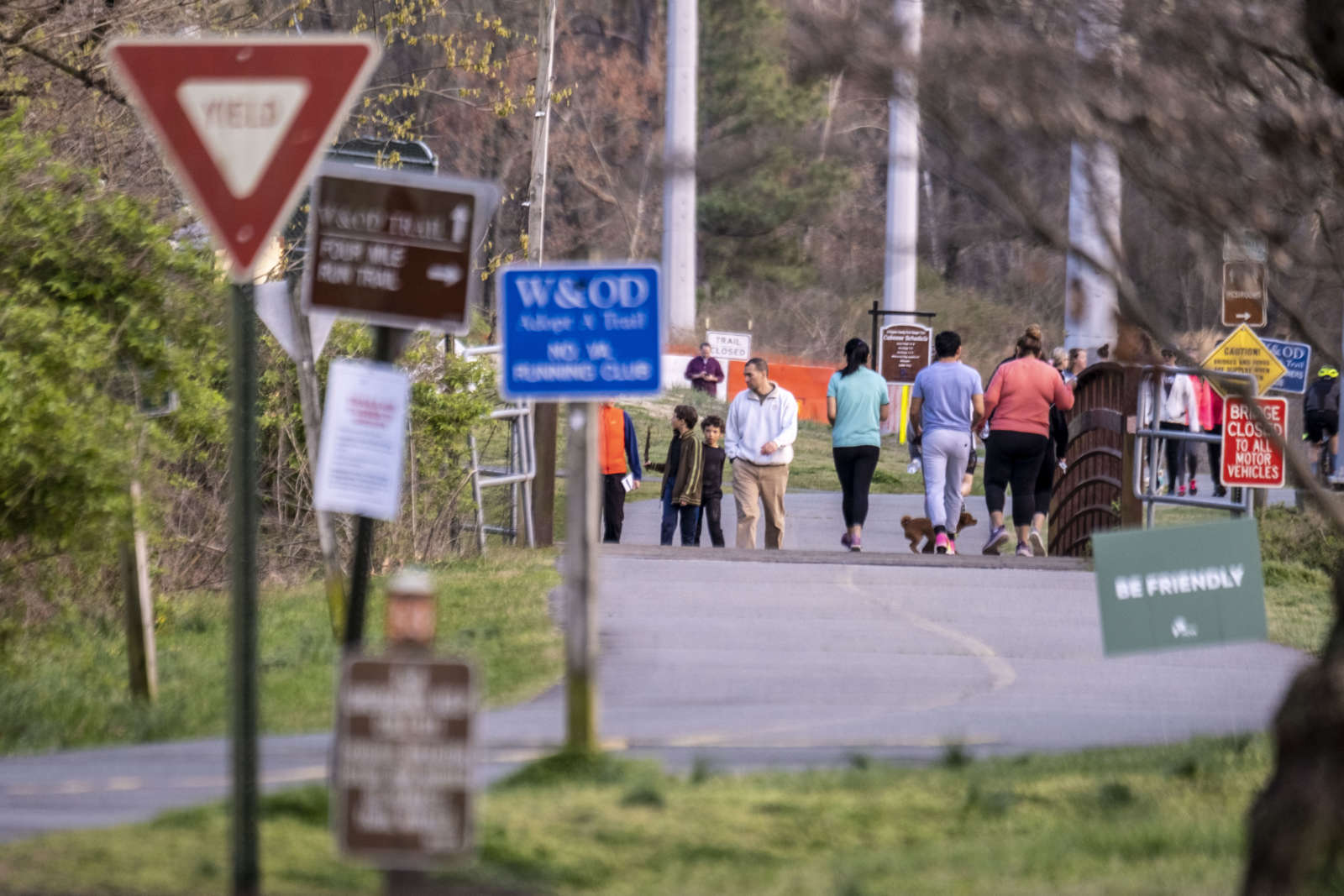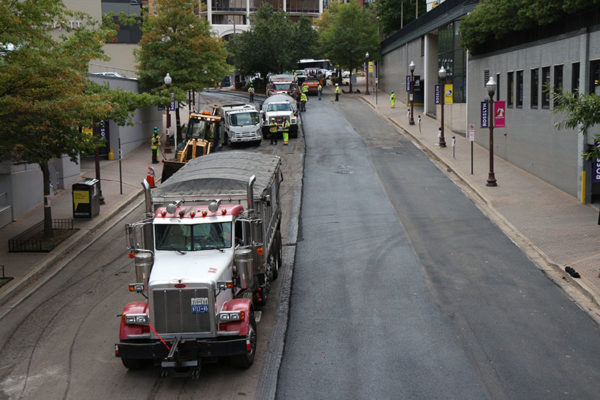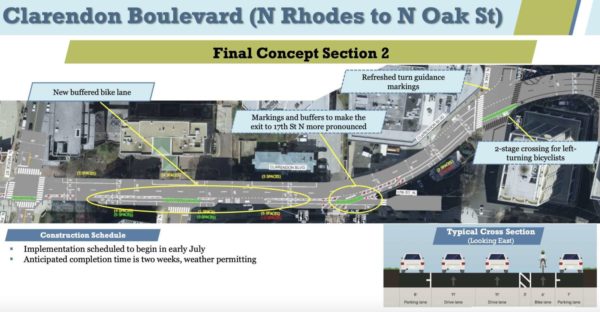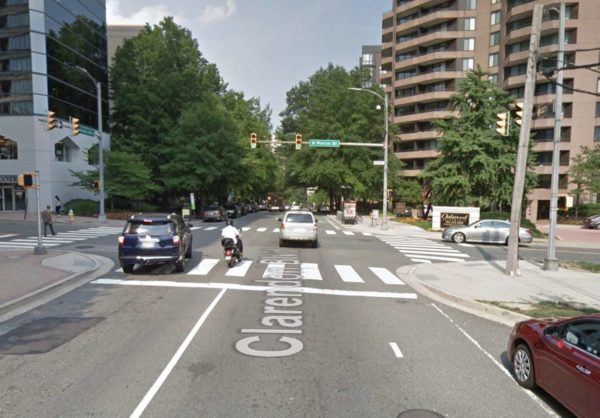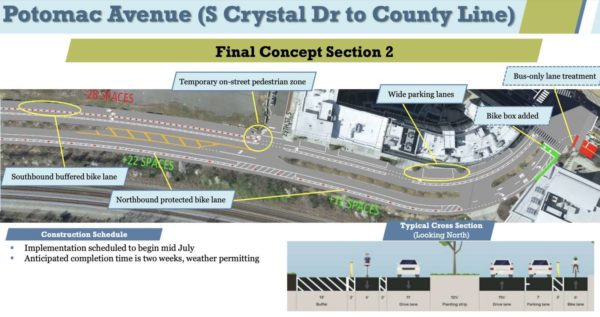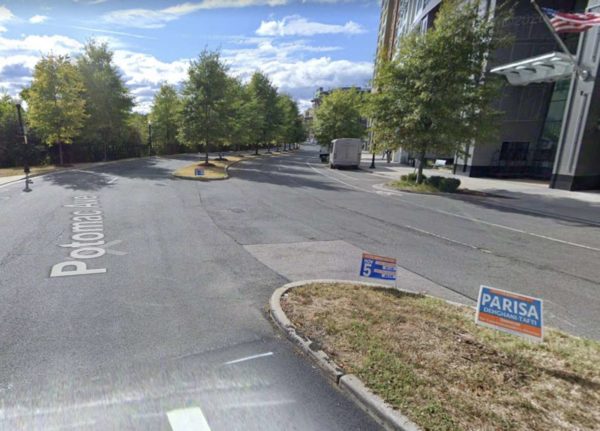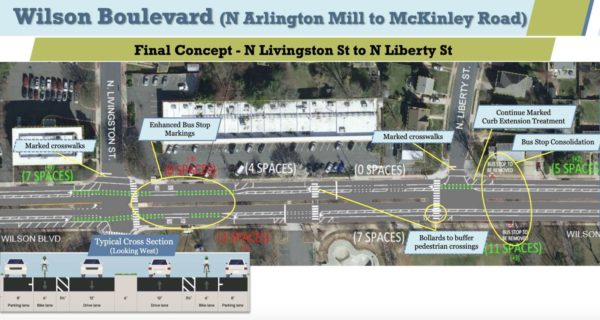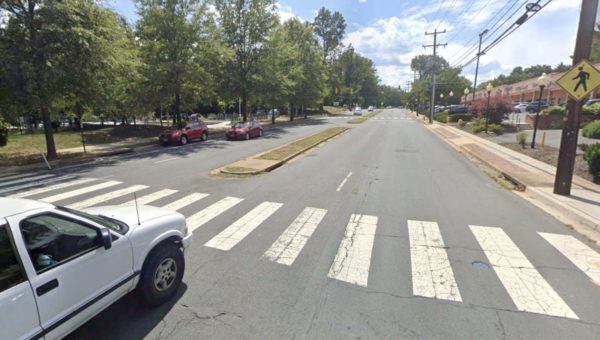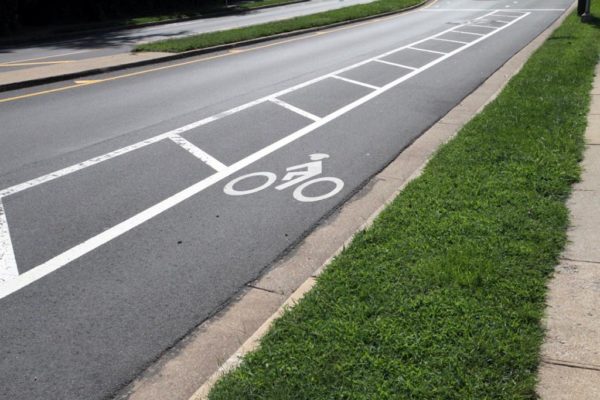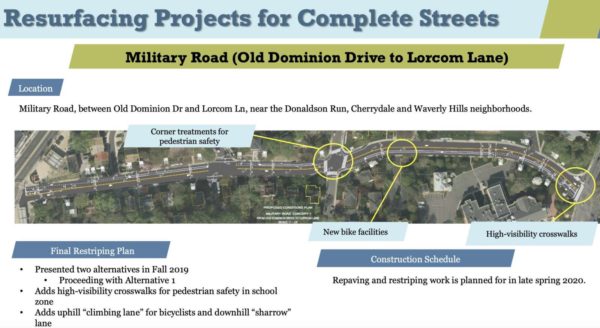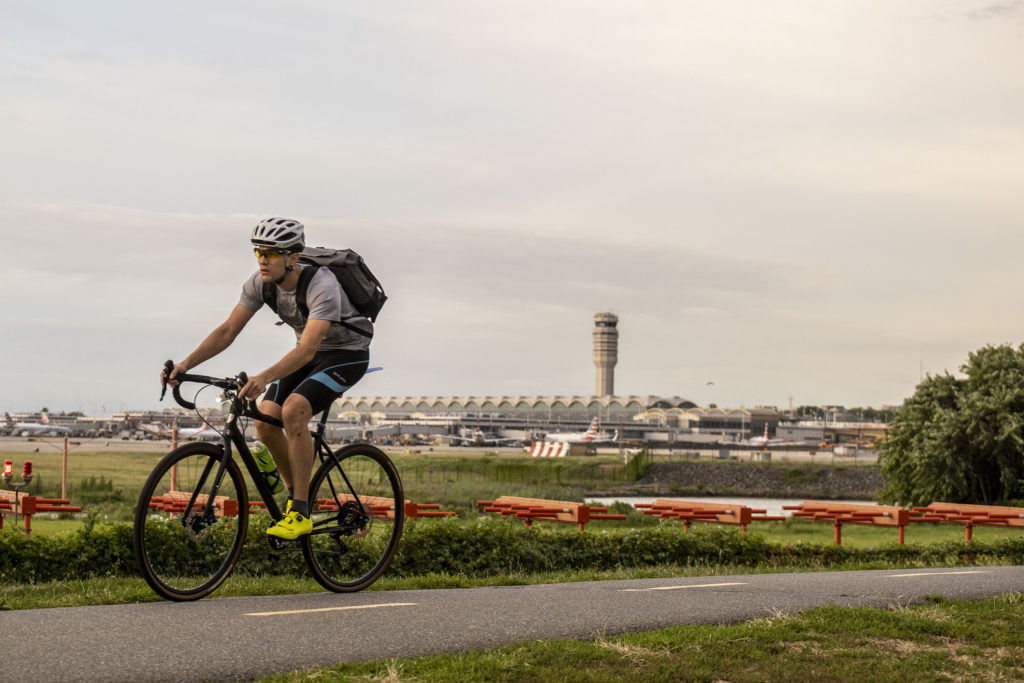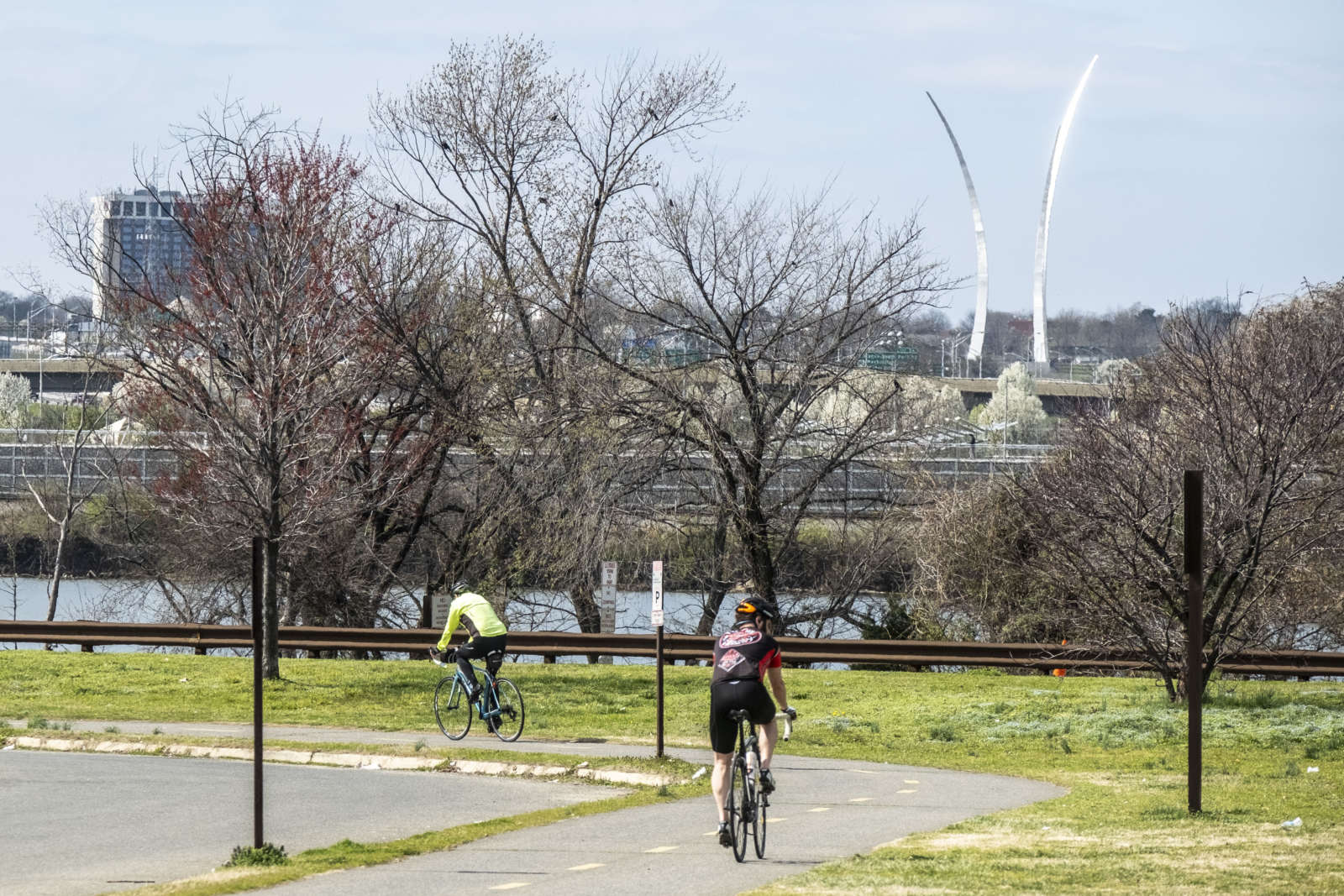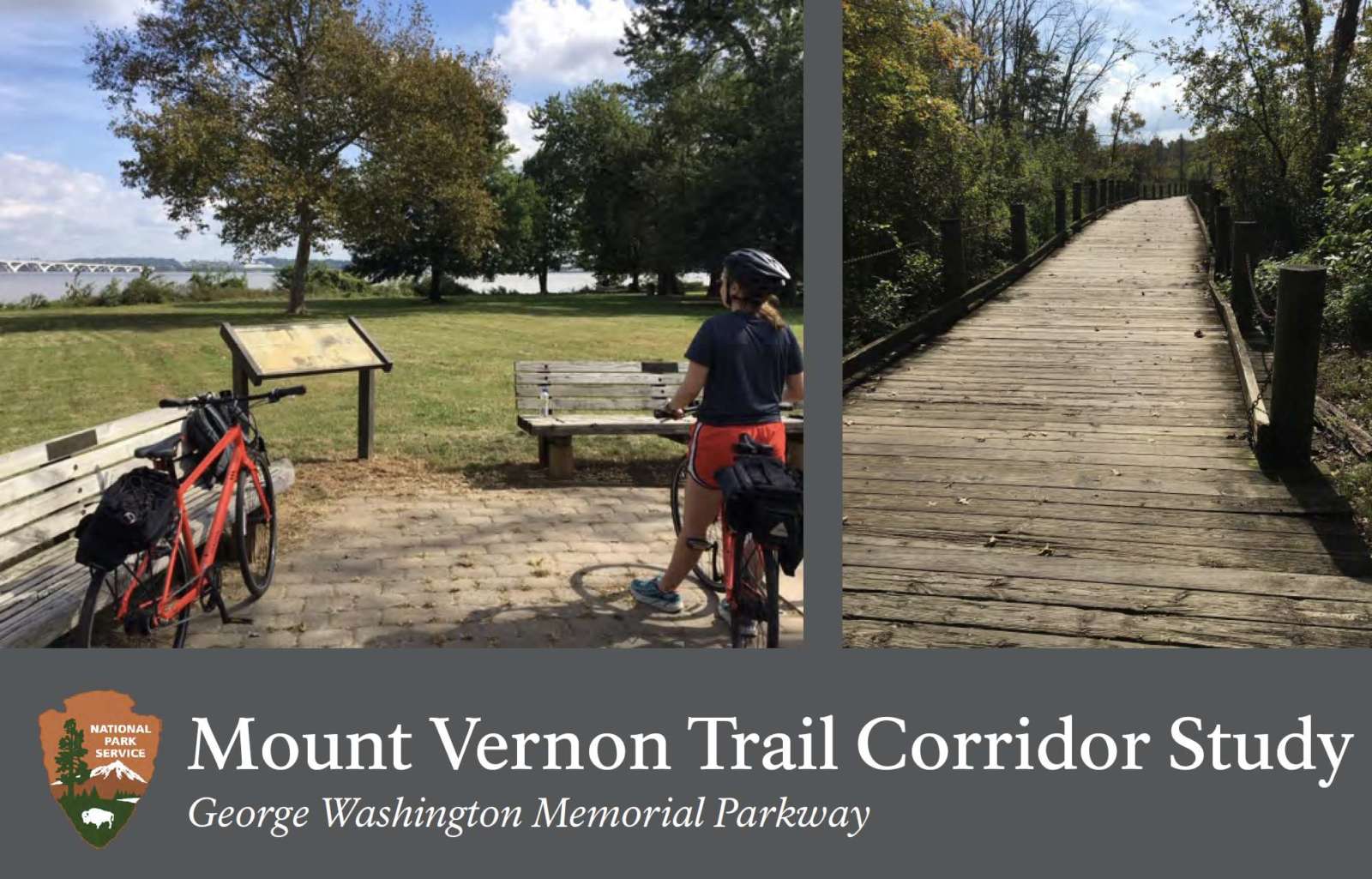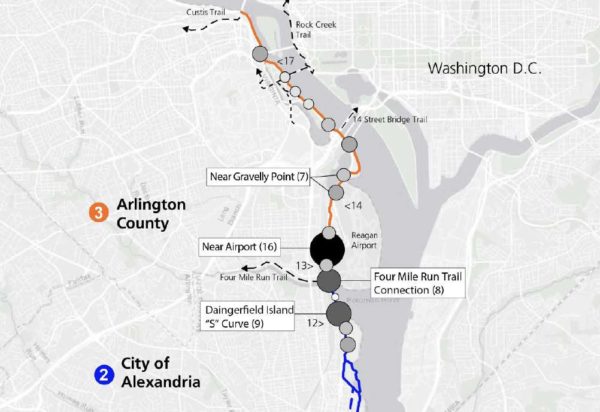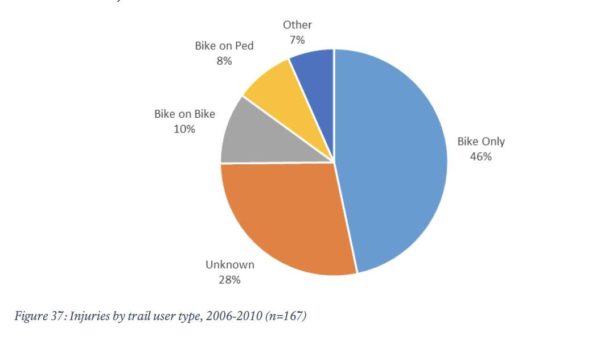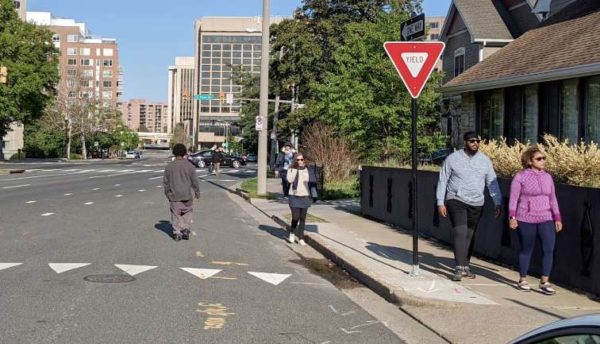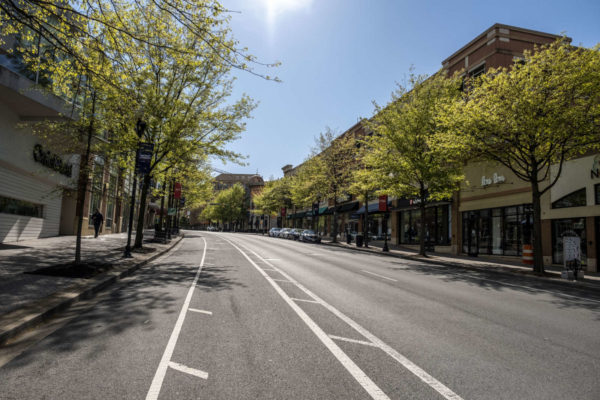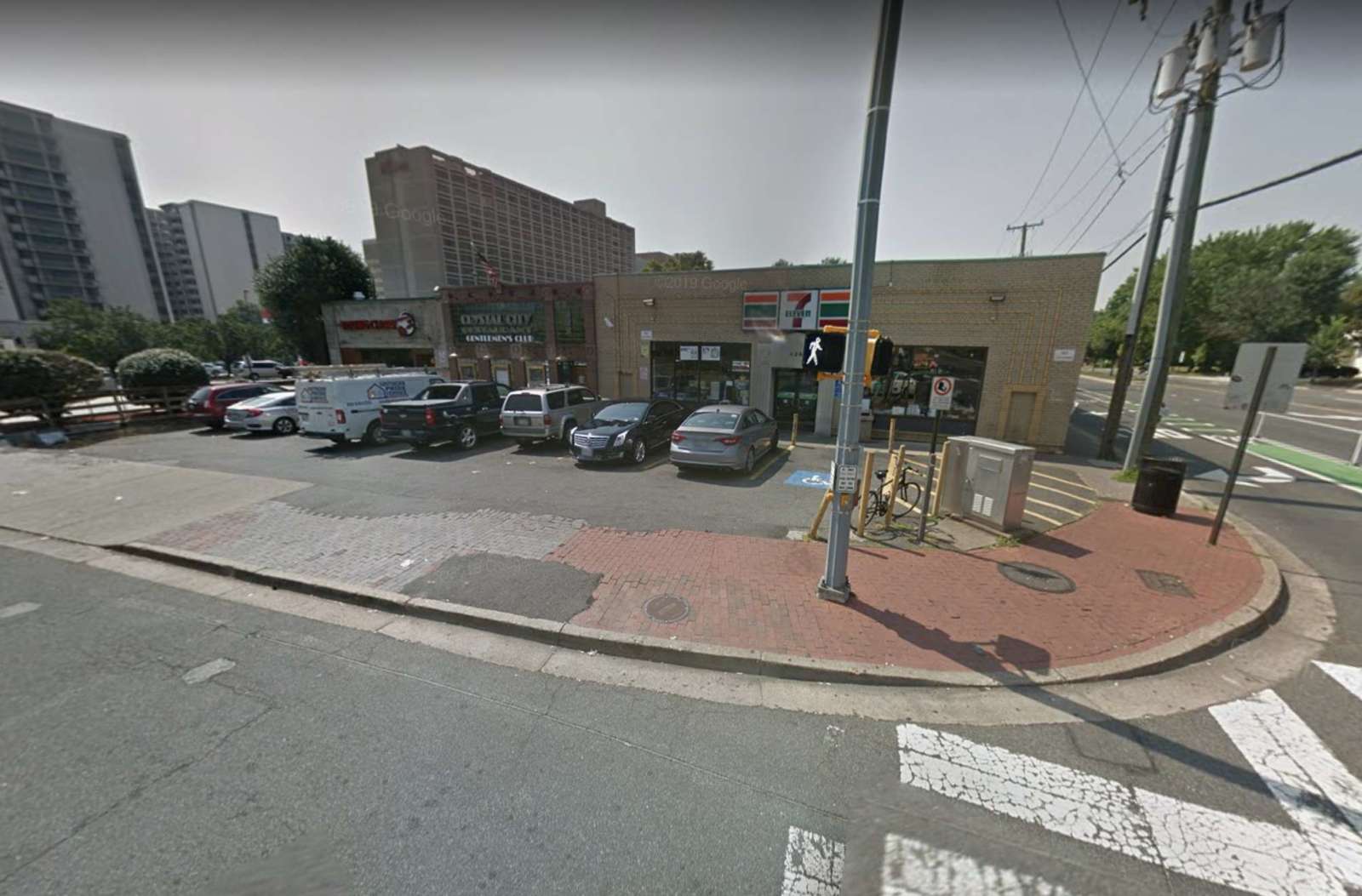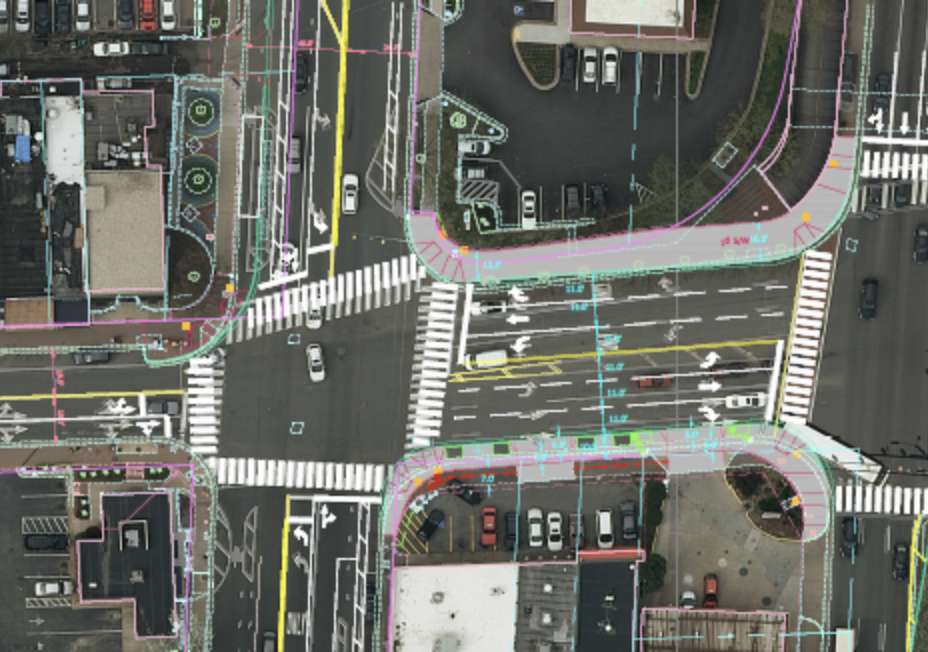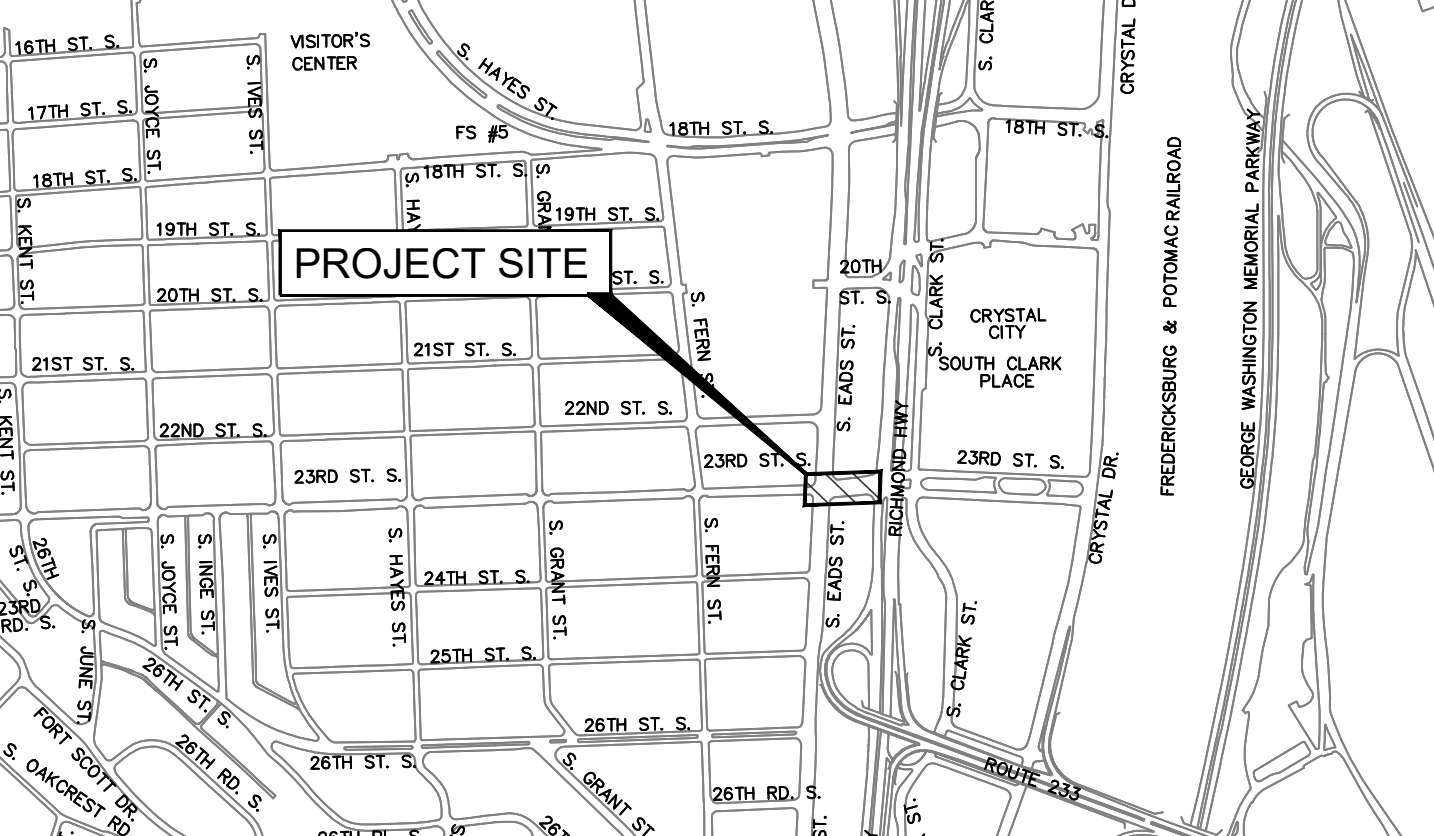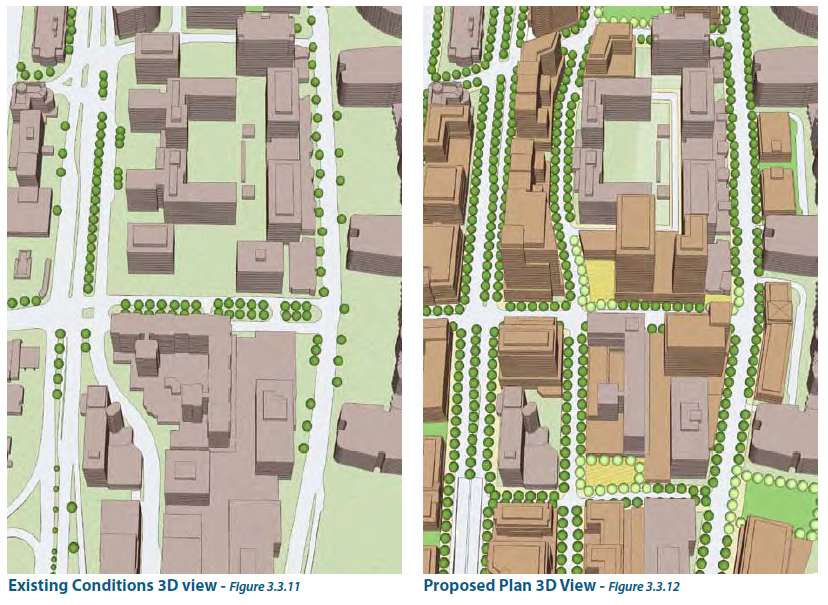More APS Tech Issues Reported — Several people contacted ARLnow yesterday to report more technology issues involving remote learning. While Wakefield High School’s principal posted a possible fix on social media, APS spokesman Frank Bellavia said that any remaining problems were isolated: “At last check this morning, there were 25,273 APS-provided student devices active on our network. There are some issues at the secondary level, but we are working directly with those students to reset their devices.” [Twitter, Twitter]
Sept. 11 Commemoration Tomorrow — “Arlington County will commemorate the lives lost in the Sept. 11, 2001, terrorist attacks, and express gratitude to all those who responded that day with a virtual event. To ensure everyone’s safety during the COVID-19 pandemic, the public will view the event online or on the County’s cable channels.” [Arlington County]
State Grant to Boost COVID Testing — “The Virginia Department of Health has provided the Department of Human Services with $320,287 to increase COVID-19 testing capacity. The grant award covers the period August 1, 2020 through December 30, 2020. Grant funds will support operations and logistics at testing sites.” [Arlington County]
Amazon Holding Virtual Career Day — “Amazon is looking to build on the success of last year’s Career Day events across six U.S. cities that hosted 17,000 job seekers with over 200,000 people who applied for jobs in the week leading up to the event. The new completely virtual event will open Amazon Career Day 2020 to everyone, regardless of their location. Some of the new employees will be placed at Amazon’s HQ2 in Arlington, Virginia, which is continuing to expand following its opening last year.” [Good Morning America, Amazon, WTOP]
Progress on DCA Expansion — “Project Journey is well on its way. The Metropolitan Washington Airports Authority this week offered an update on its two-pronged, roughly $650 million modernization program at Reagan National Airport. The final product will deliver a new north concourse, replacing the oft-maligned Gate 35X, and new security checkpoints. The former is expected to open in July 2021, and the latter by the fourth quarter of 2021.” [Washington Business Journal, NBC 4, InsideNova]
Wide Pedestrian Bridge Proposed — “The final EIS for Long Bridge recommended building 14′ wide pedestrian and bike bridge connecting Long Bridge, the MVT and East Potomac Park. Governor Northam committed to funding pre-COVID. This will be huge for regional trail connectivity.” [Twitter, Friends of the Mt. Vernon Trail]


